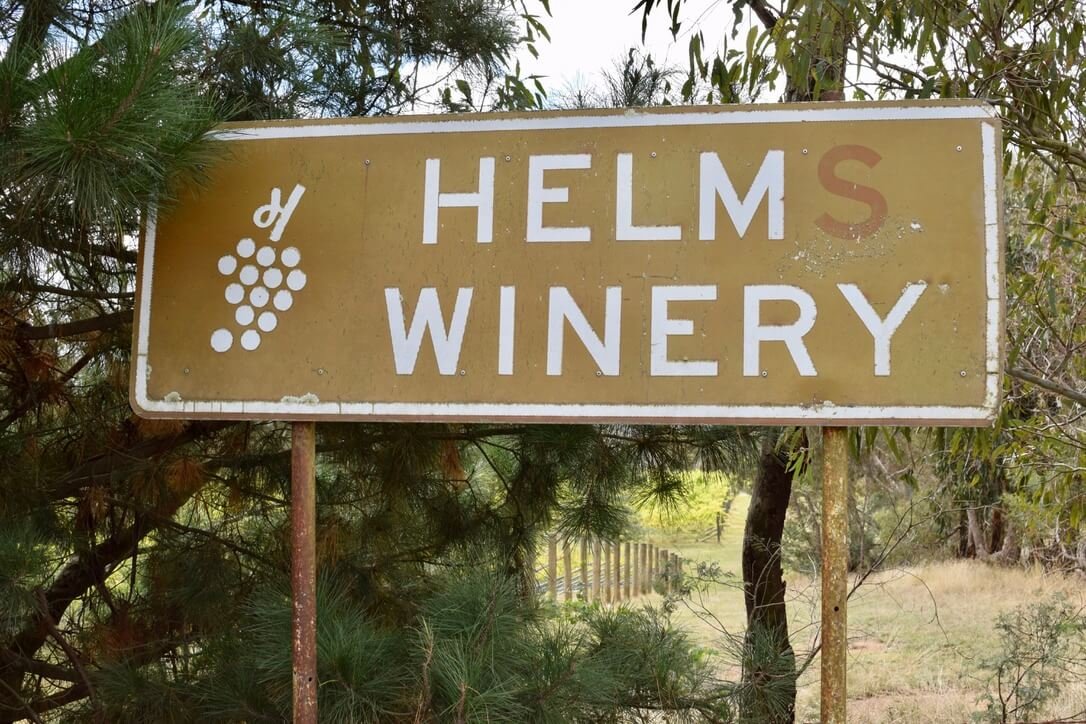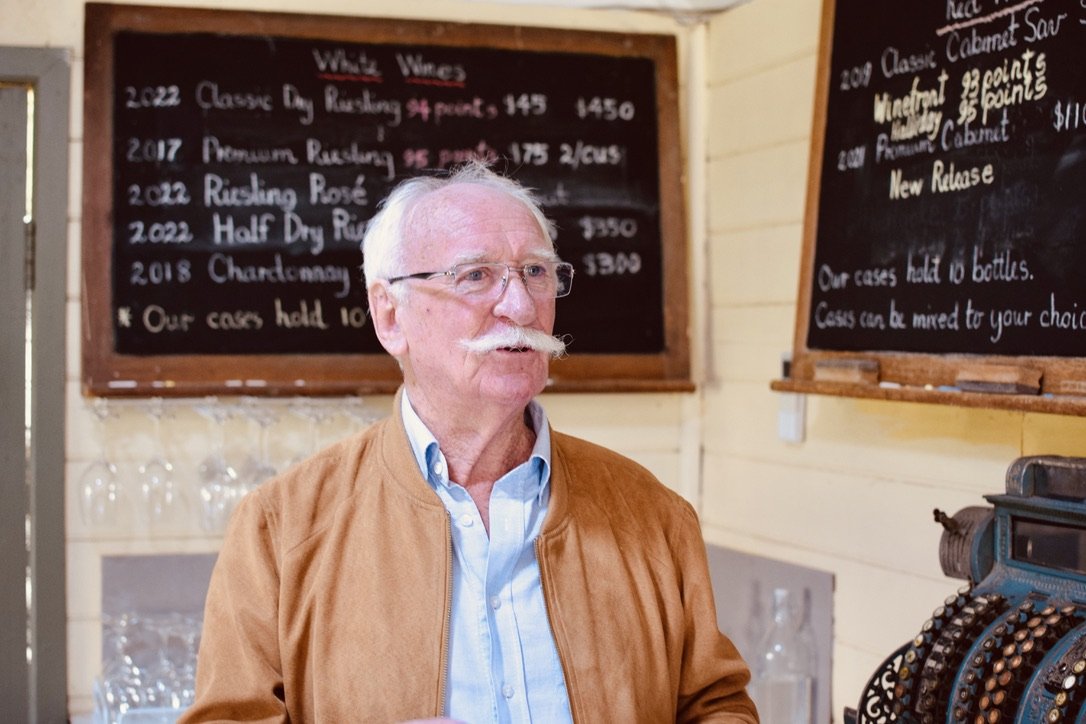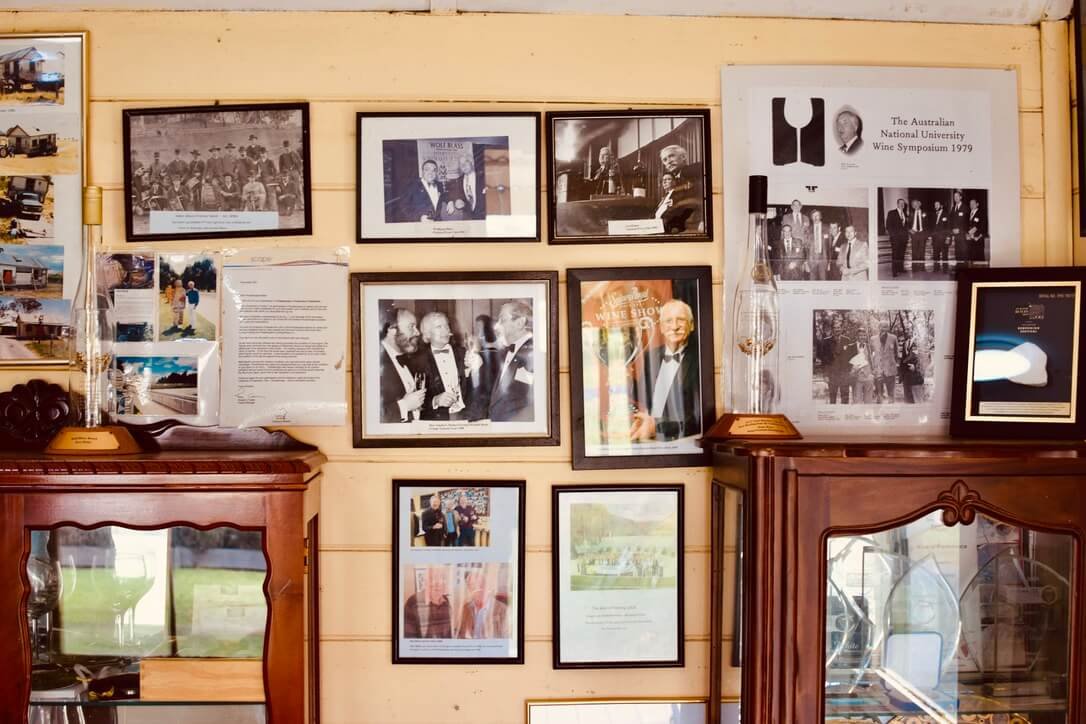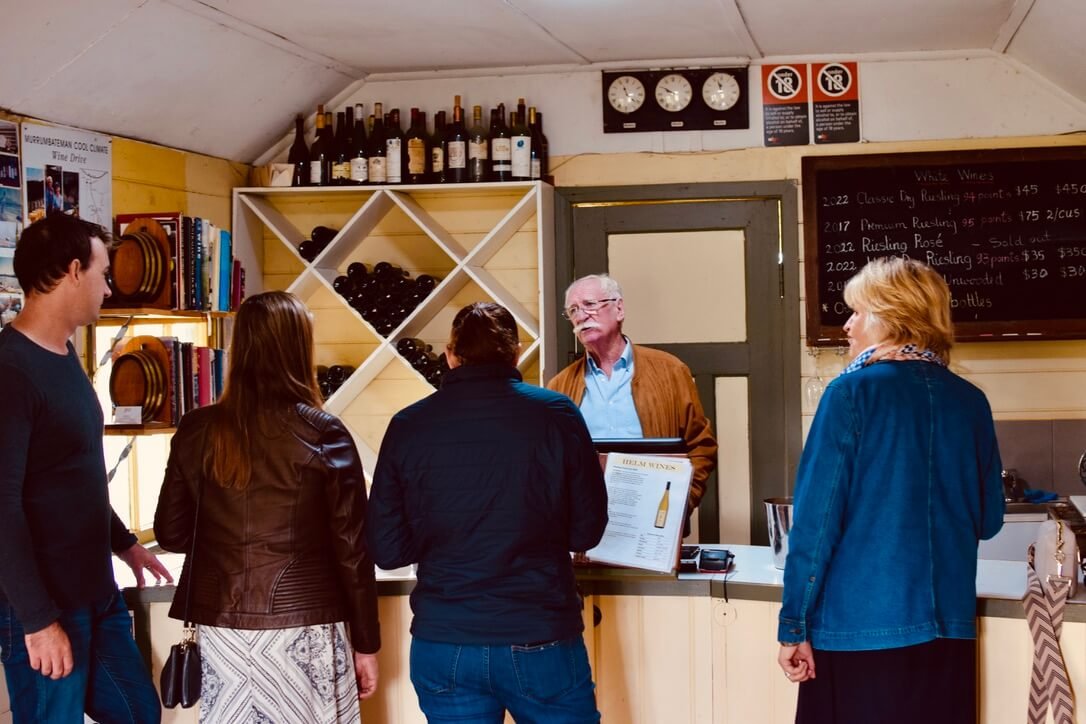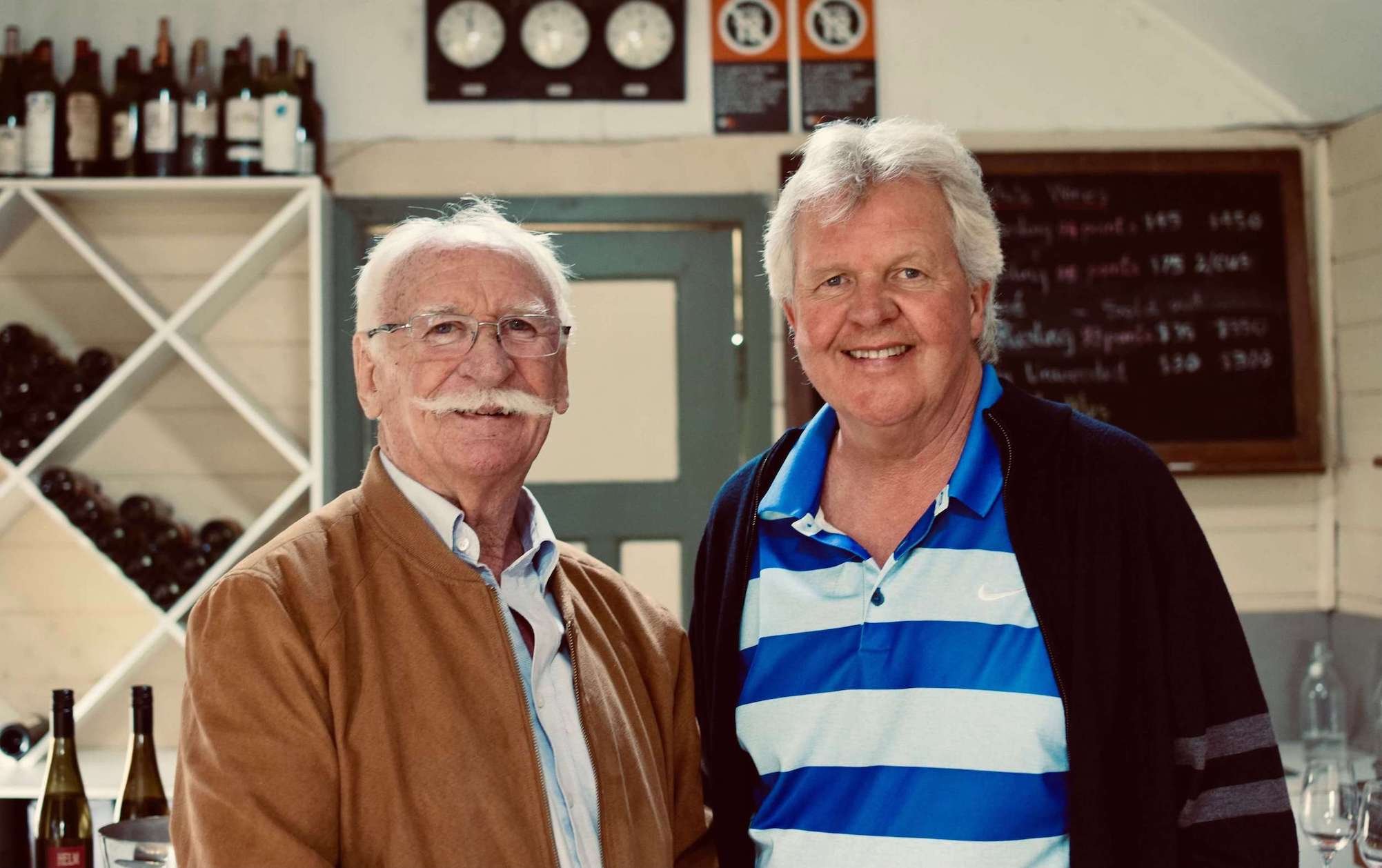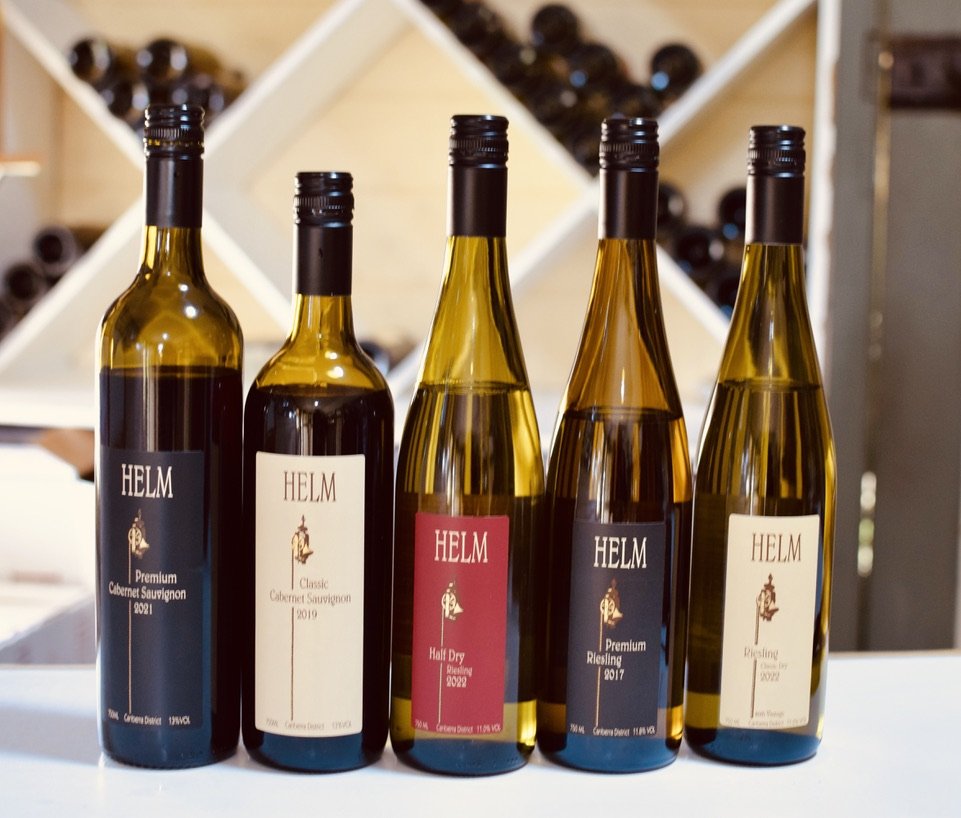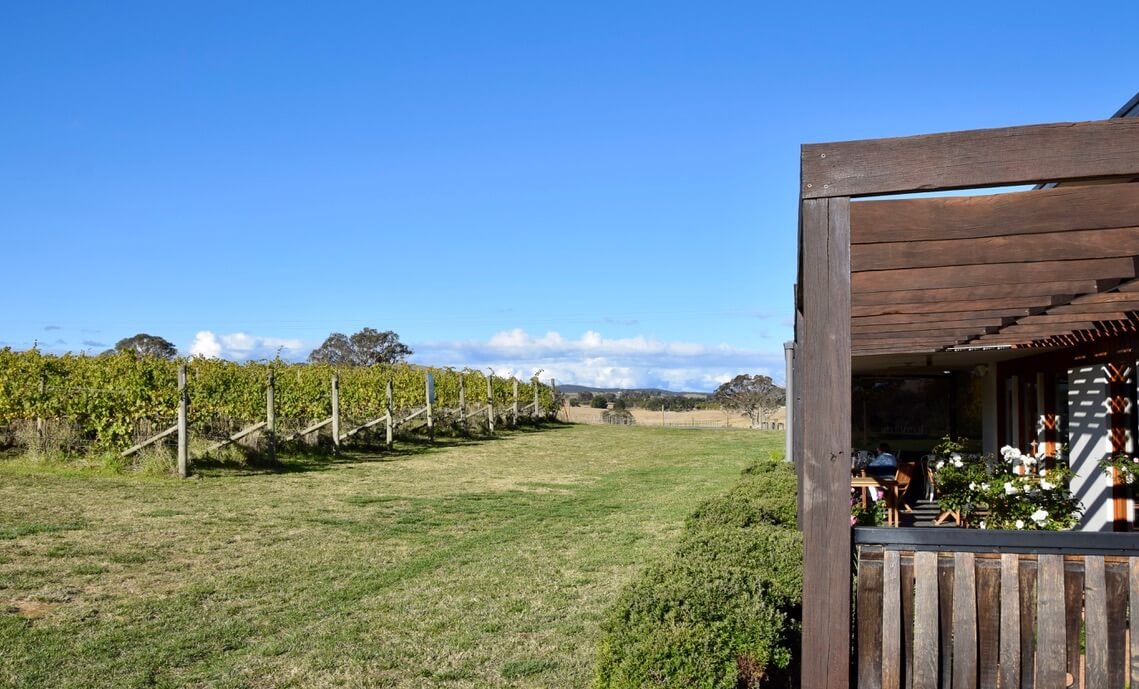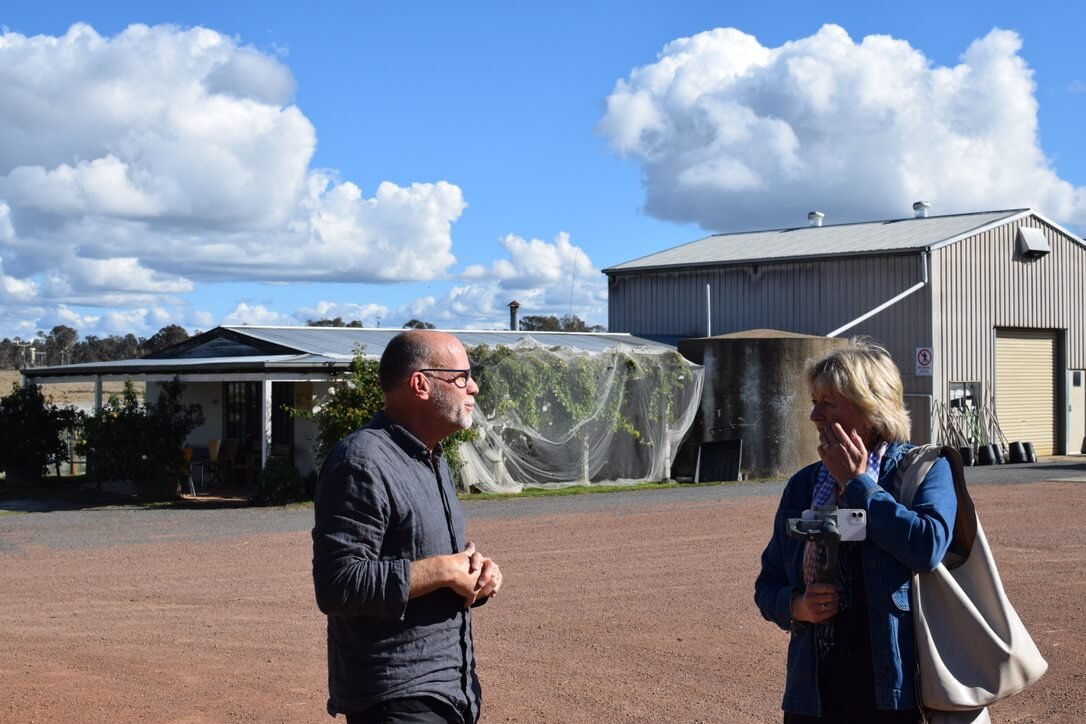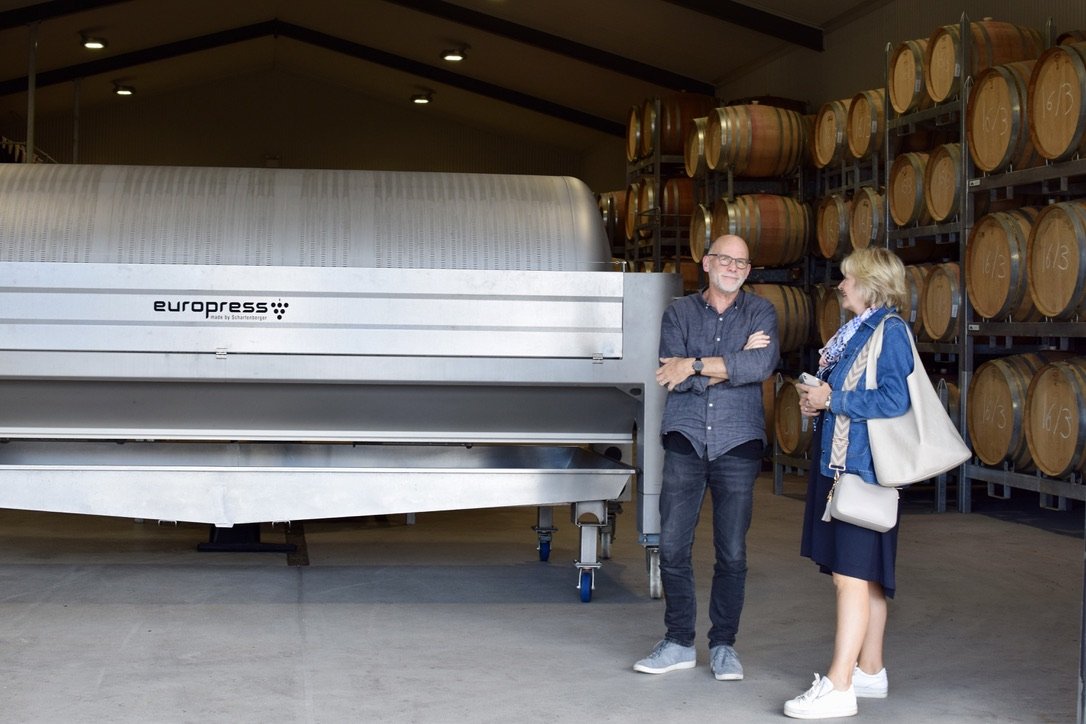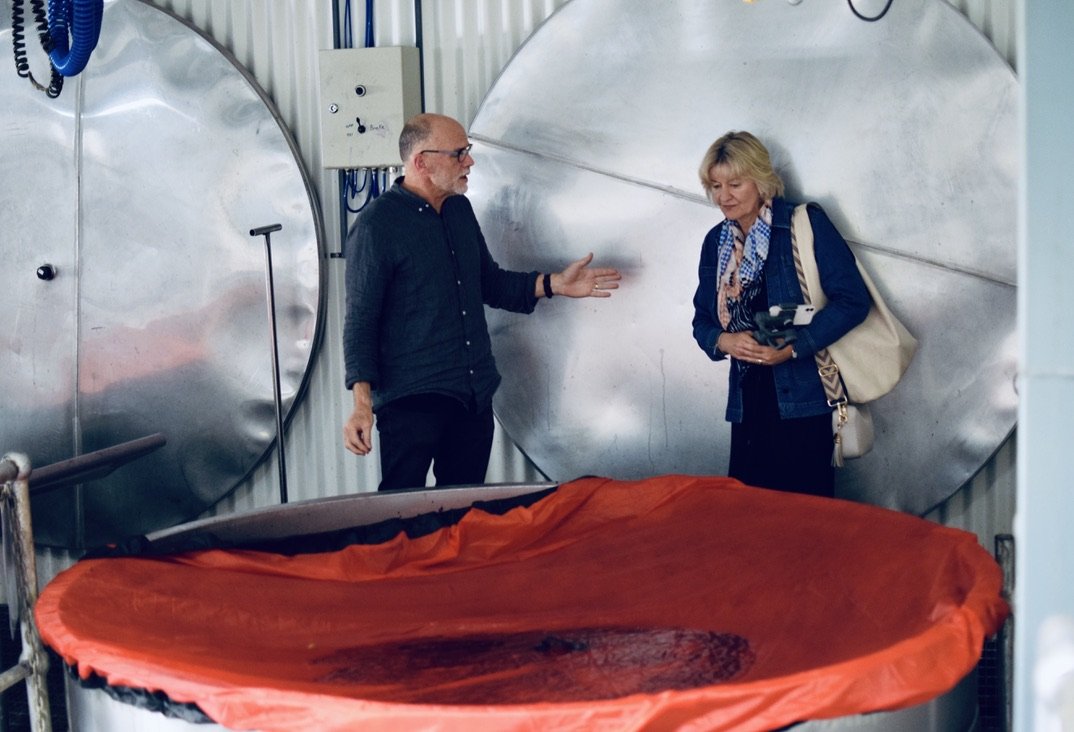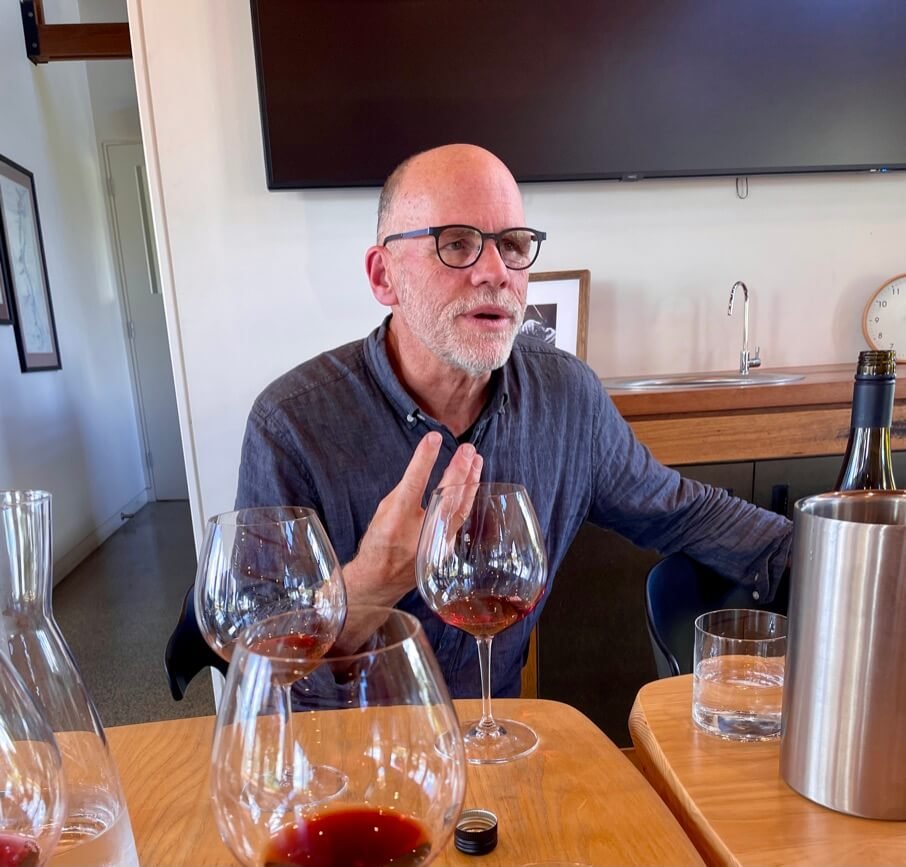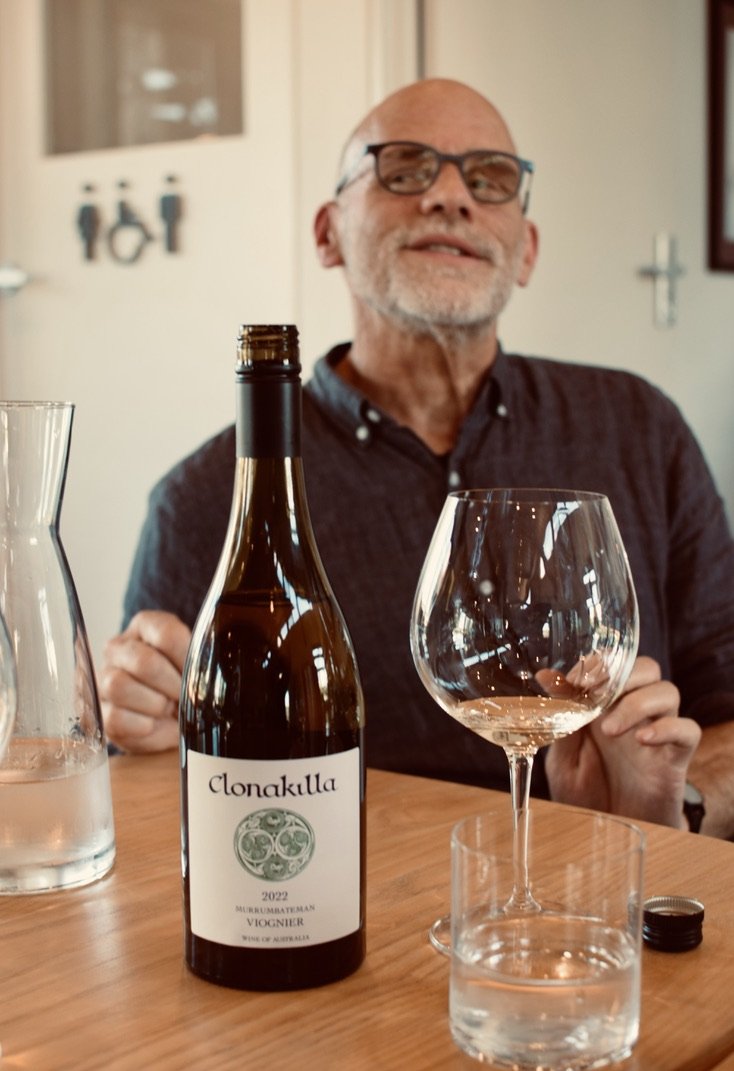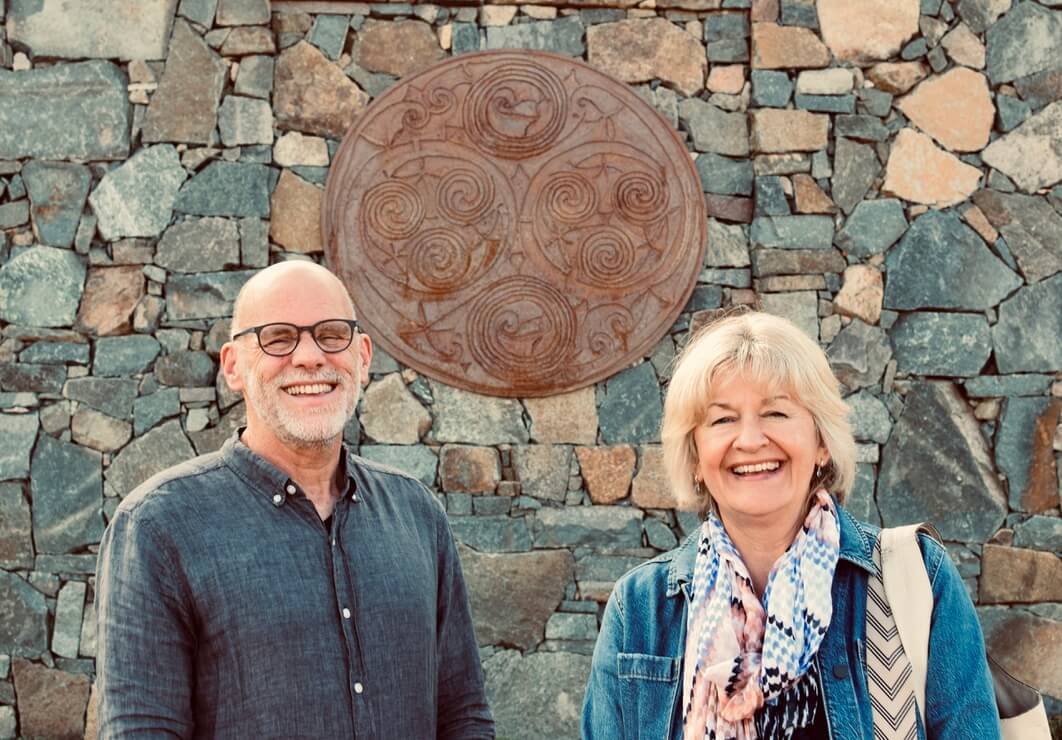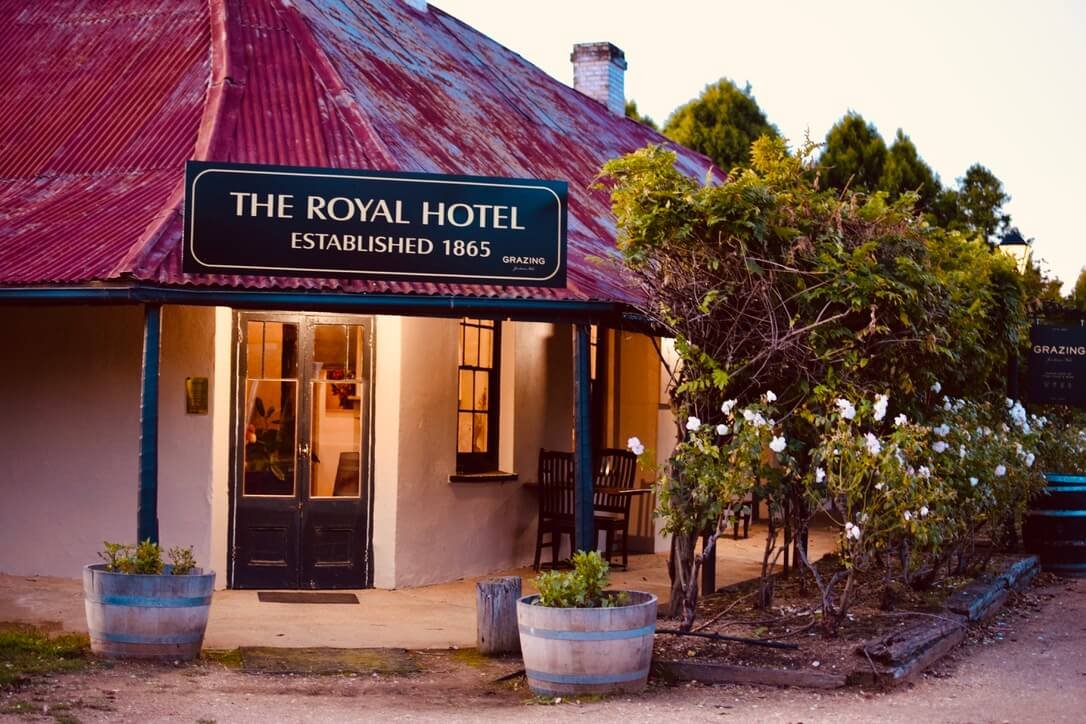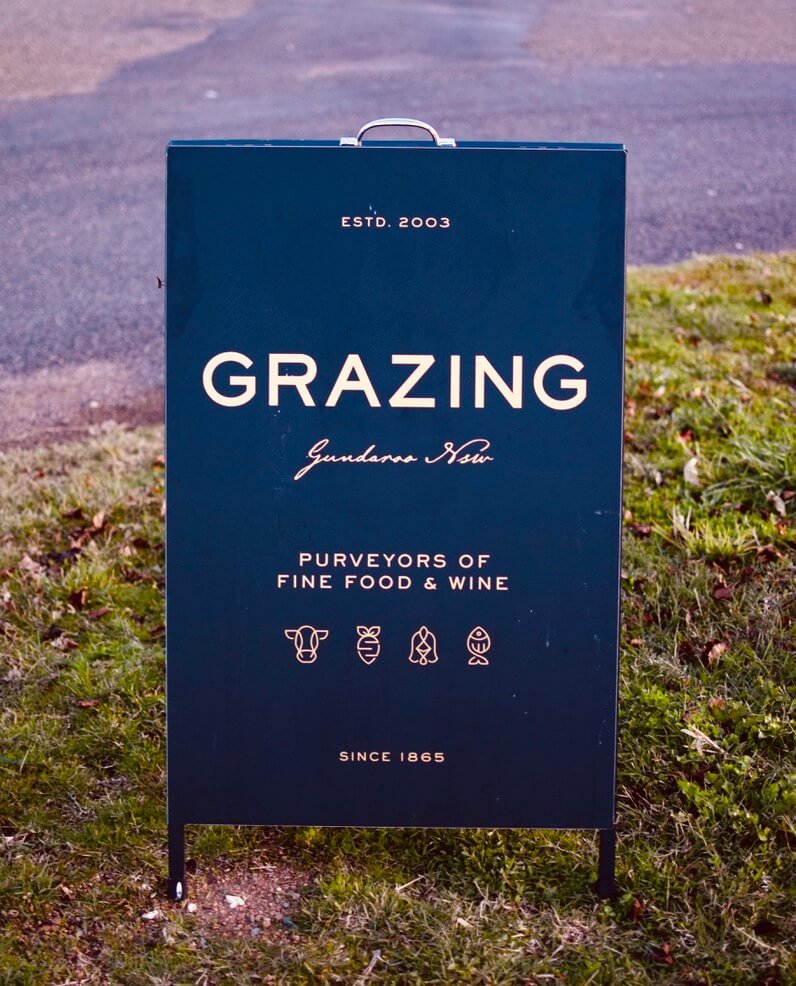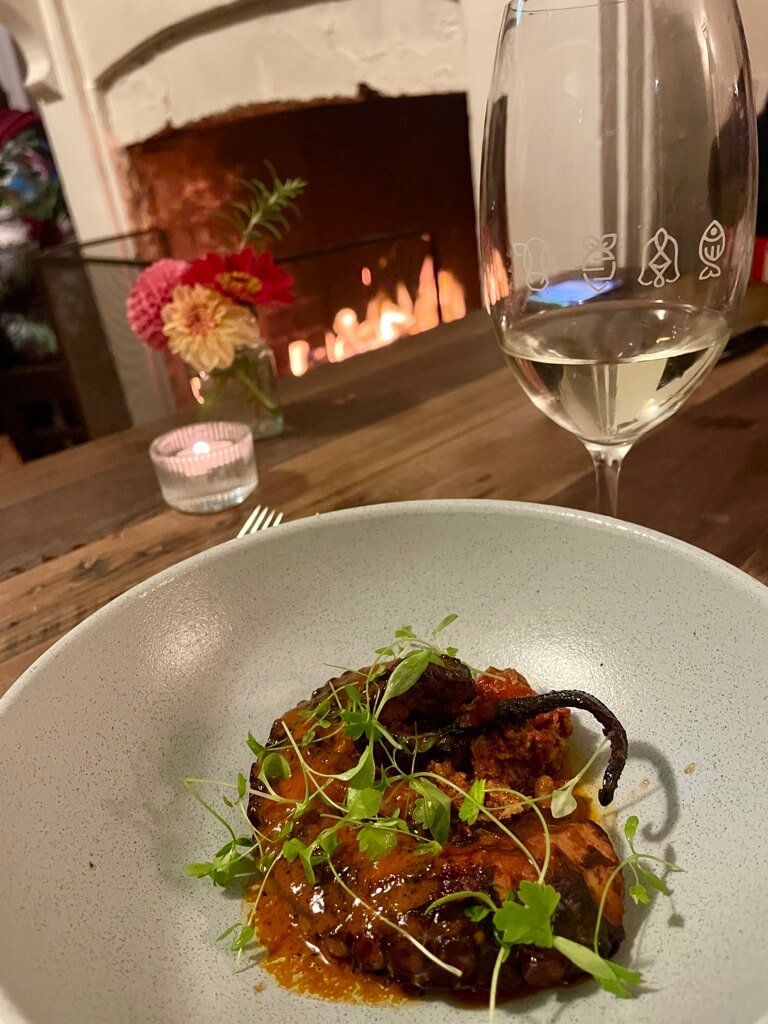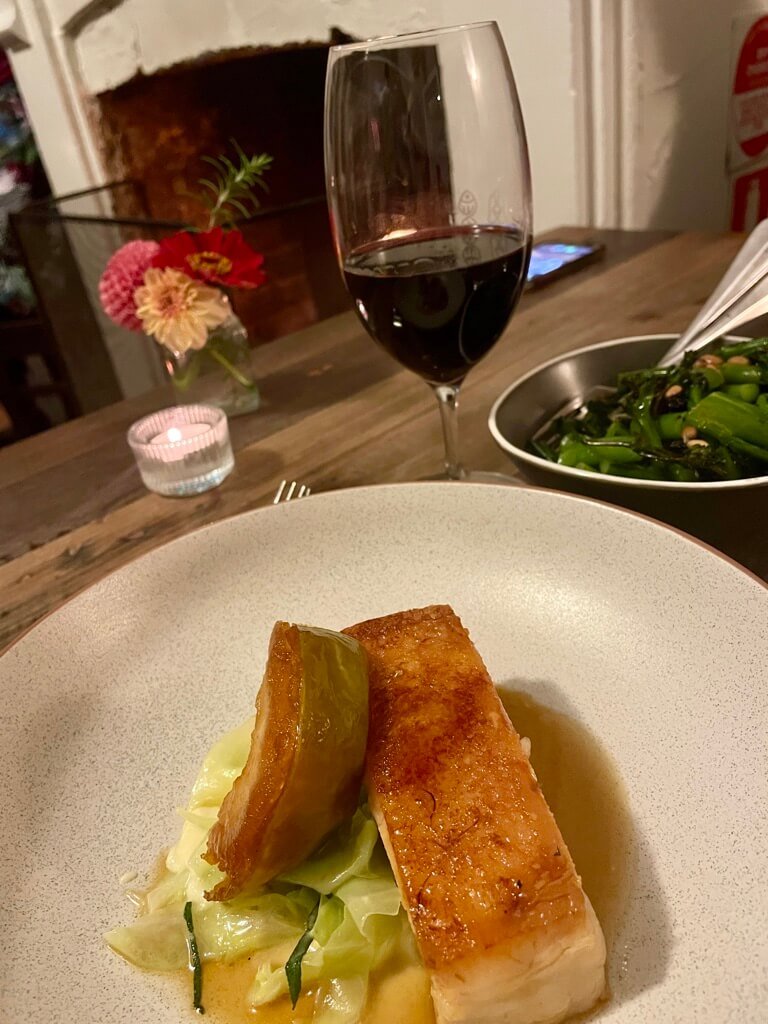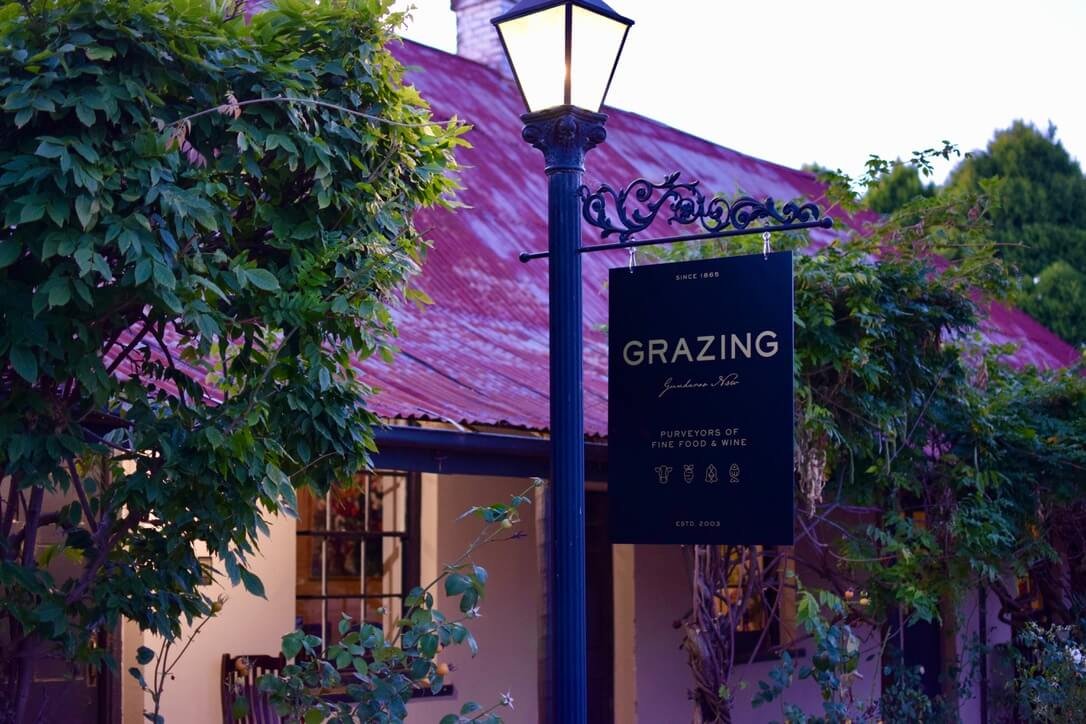Visiting wineries and vineyards around Canberra, ACT
Beautiful Canberra - source: Winekeller
We travel into the Canberra District wine region for a day and visit two of the best wineries in Canberra
Canberra may be Australia’s capital city but it probably doesn’t feature as prominently on the average visitor’s travel itinerary as say Sydney or Melbourne - and it probably isn’t really known outside of Australia as a wine region.
Just 2.5/3 hours drive from Sydney and close to our base in the Southern Highlands, we decided to drive into the Canberra wine district to find out what it offers the ‘wine tourist’.
Read all about our day trip below.
See the video here:
Information about Canberra ACT, the Australian capital
Canberra is the national capital city of Australia. It is located just 2.5/3 hours drive from Sydney but does not belong to the state of New South Wales, or any other state, it is in the ‘ACT’ (Australian Capital Territory). In terms of area, the city is almost as big as Berlin, but the population is much smaller!
Canberra was founded in 1913 and was designed by an architect from Chicago in the USA called Walter Burley Griffin, who won the competition to design Australia’s new capital city. He designed the city in a triangular shape, with its focal point a large lake in the centre, which was named after him, Lake Burley-Griffin. On the shores of the lake is the large, strikingly modern Parliament House, as well as museums including the National Gallery, known for its indigenous art collections.
The city is surrounded by forest, farmland and nature reserves, which give Canberra its nickname, the "Bush Capital.”
Why is Canberra the capital of Australia and not Sydney?
It’s a common ‘General Knowledge’ question isn’t it - ‘What’s the capital of Australia?’ and a usual response is indeed ‘Sydney’!
Before Canberra was founded, Australia’s two most important cities, Sydney and Melbourne, were arguing which city should be the capital of the continent and in 1908 it was decided that a new city should be founded, to be located in between the two.
Why do tourists visit Canberra?
Canberra may not be as well known as other Australian cities and tourist destinations, but more and more people are visiting Canberra for a different, perhaps more ‘gentle’ experience - especially to get away from the business of Sydney - and those in the know visit for several very good reasons!
Firstly it has a wonderful, laid-back café/food culture! Known as a ‘foodie wonderland’ there are so many opportunities to eat well here and of course this fits hand in hand with the wine scene and the fact that there are so many excellent wineries on the doorstep!
Secondly people love to visit Canberra for its iconic museums and galleries and the chance to indulge in some world-class art!
Thirdly, Canberra offers lots of opportunities to enjoy some breathtaking nature and family fun in one of the world's most ‘sustainable’ cities.
About the Canberra wine district
The Canberra District wine region surrounds the capital city Canberra and encompasses vineyards in both the ACT and New South Wales. Home to some 140 vineyards and more than 40 wineries, all within 35 minutes’ drive of the city, the Canberra district wine region offers a perfect wine tourism destination, especially when you consider the great Canberra food scene! The Canberra District wine region is one of Australia’s fastest-growing wine regions.
A cool climate wine region
As in other Australian cool climate wine regions, the Canberra wine district has gained momentum in more recent years as the trend towards cooler climate wines has developed. Vineyards are located across a range of landscapes and altitudes, varying from 300 to 800 metres.
Vines were first planted here in the 1840s - the decline of the wool market in Australia paved the way for the growth in vine growing and Yass and Canberra were popular for growing grapes in the 1850s/60s.
However it wasn’t until the 1970s that the region started to flourish as focus was directed on using traditional methods to produce low volume vintages to reflect the true nature of the grape varieties here, the specific growing season and the character of the wine.
Some say the Canberra district has a similar climate to Bordeaux with cooling sea breezes, hot summers and cooler nights. This climate helps to produce great wines, with balance, ripeness and acidity. The weather here however can pose a risk to and this is the main reason wine producers often buy in grapes as well as grow their own.
Canberra vineyards - source: Winekeller
Canberra wines - What wine is Canberra famous for?
The Canberra District wine region is best known for two grape varieties, Shiraz and Riesling. However, the soils and climate also suit other grape varieties including Sangiovese, Chardonnay, Pinot noir, Merlot, and Tempranillo.
Canberra Riesling is the region’s flagship white wine, usually refreshing, citrusy and dry, although off-dry styles are making a comeback. Many of these wines can be aged for 10 years or more.
Canberra Shiraz wines tend to be elegant and full-flavoured and can also be aged for many years.
There are lots of wine styles here to try and the region is welcoming an influx of innovative winemakers, attracted by the opportunities to produce a variety of top-quality wines in this increasingly popular, cool-climate region.
The Canberra District wine region
Murrumbateman wineries
Canberra vineyards
There are multiple Canberra wine region destinations, with vineyards spread across three distinct sub-regions: ‘Murrumbateman and Yass’, ‘Canberra and Hall’ and ‘Bungendore, Wamboin, Gundaroo, Lake George and Collector’.
As we only had a day to explore the Canberra wine district we focused on discovering the beautiful Yass Valley and its two main towns, Murrumbateman and Yass. This is the heart of the Canberra District wine region and home to two of its most well-known and respected wineries, Helm Wines and Clonakilla.
Best wineries in Canberra
There is no shortage of excellent wineries and cellar doors within easy reach of Canberra and you can plan the perfect weekend with many Canberra wineries offering accommodation and food. You can find a good list of wineries here - take your pick!
We chose to visit Helm Wines and Clonakilla because their wines are top-rated and they were and still are trailblazers for the Canberra District wine region and indeed for Australian wines.
We didn’t particularly look for Canberra wineries with restaurants as we had plans to have dinner at a restaurant recommended a good friend - see later! These two winery visits were all about the wine for us!!
Our visit to Helm Wines
Meeting Ken Helm of Helm Wines - a pioneer of the Canberra District wine region: Source - Winekeller
Helm Wines, in Murrumbateman, was established by Ken and Judith Helm in 1973. Today Ken Helm is widely regarded as a pioneer of the Canberra wine region and one of the premium Riesling and Cabernet Sauvignon winemakers in Australia.
The history of Helm Wines
Ken Helm, a descendant of German vignerons who planted vines in the Albury district in the 1850s, acquired 5 acres of land in Murrumbateman and planted vines in 1973, with the aim of building a house and a winery. An insectologist, Ken put this experience to good use growing grapes, extending his land to some 20 acres and achieving consistent recognition for his cool climate wines.
The Helm winery has been rated in the top 5 wineries in the Canberra District for over 10 years and two of his Rieslings are rated among the best in Australia. Ken recently released his 47th vintage.
Ken Helm was one of three pioneers who brought winemaking to the Canberra area in the 1970s. The other 2 were John Kirk of Clonakilla (see later) and Edgar Reik (who has sadly now deceased) - all were scientists.
The Helm Wines
Ken decided to focus on cool climate grapes, specifically Riesling and Cabernet sauvignon. The Yass Valley is just 80km from the coast and the climate features a cooling sea breeze (but with low humidity), with cool nights and warm days. The large difference in ‘diurnal’ temperature is key for the grapes to develop and ripen and the maritime climate is considered quite similar to Bordeaux - which explains Ken’s focus on Cabernet.
Some of Helm’s oldest vines are 50 years old and the and they only vinify their own grapes.
Visiting the Helm Wines cellar door
Visiting Helm Wines and meeting Ken Helm was for us, a wonderful experience.
Firstly - the cellar door is based in what was the region’s original school, dating back to 1888. The heritage listed 1888 ‘Toual Schoolhouse’ remained a school until 1940 and it was fascinating to experience the building’s history.
Secondly, we had the opportunity to taste two dry Rieslings and a halb-trocken Riesling, which were all excellent. We also tasted a Cabernet sauvignon, 2019 and 2021, which again were very, very good.
Thirdly and perhaps most important, it was amazing to spend time with Ken, to learn about the history of the region and of course his own personal story and that of his family. Interestingly, Ken's son is one of the world’s top hotel chefs, currently based in Singapore and one of his daughters has established a winery with her husband nearby in the Yass Valley, called ‘The Vintner’s Daughter.’
Ken loves to welcome visitors to the Helm cellar door - there is a minimum charge per tasting for groups below 6 people. Helm only charges a tasting fee for groups of 7 or more.
Why visit Helm Wines
The Helm Wines tasting experience is simple, rustic but totally authentic and Ken Helm provides a fascinating insight into the history of the area, the Canberra wine region and its winemaking pedigree. Spending time with Ken in this historic, beautiful location is an education and a privilege!
Our visit to Clonakilla
Clonakilla in Murrumbateman was founded by John Kirk, one of the first three pioneers of Canberra wines (including Ken Helm). John came over to the Canberra area in Australia from Ireland and Clonakilla is named after his grandfather’s farm there in County Clare. He planted vines here in 1971 and the first vintage was in 1976.
Today the Clonakilla vineyard is celebrated as one of the best in Australia and the wines are highly respected around the world and very much in demand.
Visiting Clonakilla - Source: Winekeller
About Clonakilla
Clonakilla was a ‘passion’ project for John - a passion for the land and for the wine - and in his mid 80s today, he remains involved in the business. Clonakilla was and is a family business. The CEO and winemaker today is John’s son, Tim, who trained in France, in Côte Rôtie, Northern Rhône - a key part of the family’s story (see later)!
John originally planted Bordeaux style grapes in vineyards at an altitude of some 600 metres, in soils that were proven to be very special. The terroir is made up of volcanic soils topped by special reddish ‘parna’ that are said to be the deposit of inland soils blown in from the desert many thousands of years ago.
Today there are about 17 hectares under vine, but Clonakilla also supplements its own fruit production through bringing in some grapes from vineyards around the town of Young in NSW.
Clonakilla wines
Clonakilla became known for its superb Shiraz wines. Through the seventies and eighties it was blended with Cabernet sauvignon in traditional Australian style, but from 1990 it was decided to focus on single varietal Shiraz wines and this was when Clonakilla Shiraz started winning awards!
Clonakilla Shiraz Viognier
However it was a blend which produced the flagship wine and earned Clonakilla global acclaim. John had planted a small amount of Viognier grapes in 1986 and when son Tim returned from France he encouraged John to make a new blend. So in 1992, rather than the planned white Viognier wine, John and Tim released the first vintage of the Clonakilla Shiraz Viognier (80% Shiraz, 12% Pinot Noir, 7% Mataro and 1% Viognier).
This wine stunned the world with its fruity elegance, very unlike the typical Shiraz that Australia had become known for. The rest, as the saying goes, is history! The Clonakilla Shiraz Viognier continues to win awards, including the following tribute: ‘.....one of the most important advances in the development of Australian Shiraz since the release of 1952 Penfolds Grange Hermitage” (Andrew Caillard, Langton's)
Visiting Clonakilla’s cellar door
Clonakilla’s cellar door is open 7 days per week and visitors can enjoy a wine tasting inside in a lovely bar area, or outside on the patio. Groups are limited to eight people and the tasting takes around an hour. There is no charge for a wine tasting but visitors are encouraged to book in advance.
We enjoyed a wonderful winery tour and wine tasting during our time at Clonakilla, with David Reist, General Manager. We started with two Riesling wines, first the ‘22 vintage, followed by the ‘16 vintage, an incredibly long and complex wine. We then tasted a Viognier ’22, made in a typically northern Rhône style, with a wonderful acidity and balance. And to finish, the wonderful Shiraz Viognier ’21, an incredibly intense and textured wine, followed by a 2013 Shiraz Viognier, a superb, top class wine.
Why visit Clonakilla
Clonakilla is an institution in Australia - and similar to visiting Helm Wines, you get a real sense of history and pedigree here. To have the opportunity to taste the famous Clonakilla Shiraz Viognier in the place where the grapes are grown and the wines are made, is an opportunity not to be missed!
Planning a trip to Canberra
Getting to Canberra
Canberra is an easy 2.5/3 hour drive from Sydney. There are also daily train and coach services. You can fly into Canberra Airport and hire a car to explore the region. For getting around the region see here.
Accommodation in and around Canberra
There’s a huge range of accommodation in the city of Canberra as well as in the surrounding areas - see below.
Exploring the Canberra surrounds:
Gundaroo in the Yass Valley is like stepping back in time - a historic town with a fascinating colonial heritage, home to delicious food and wine experiences and surrounded by vineyards.
Note - We can highly recommend the Grazing restaurant, Canberra, a multi-award-winning restaurant, located in Gundaroo, just 30 minutes drive outside of Canberra city centre, serving innovative dishes featuring the region’s best seasonal produce, including fruit and vegetables grown in the chef’s garden. We enjoyed the most amazing dinner and it was without doubt one of our best dining experiences in Australia.
Murrumbateman - a former gold mining town and a sleepy hamlet in the Yass Valley - the perfect weekend escape for exploring cellar doors, vineyard restaurants and bustling farmers markets.
Yass - a charming heritage town with grand Victorian and Edwardian buildings, Yass is one of the oldest towns outside of Sydney and was the most important southern town before Melbourne and Adelaide were developed. The rich Yass plains were discovered by General Hume in 1821.
Great views of Canberra
Head to Mount Ainslie in the northeastern suburbs of Canberra, part of the Canberra Nature Park, for superb views all across the capital. Follow the trail all aorund the summit for superb views in every direction!
Loving the views of Canberra from Mount Ainslie
For everything you need to know about visiting Canberra, see ‘VisitCanberra’.
Planning your Canberra wine tour
If you're inspired to see the Canberra District wine region for yourself, you can find some examples of Canberra winery tours here - alternatively contact us and let us help you plan your own wine travel itinerary to ensure you get to experience the best that beautiful Canberra has to offer!
Conclusion - our personal highlights
We had a superb day in the Canberra District wine region and we would definitely like to go back one day! It was an amazing experience for us, visiting such iconic Australian wineries.










